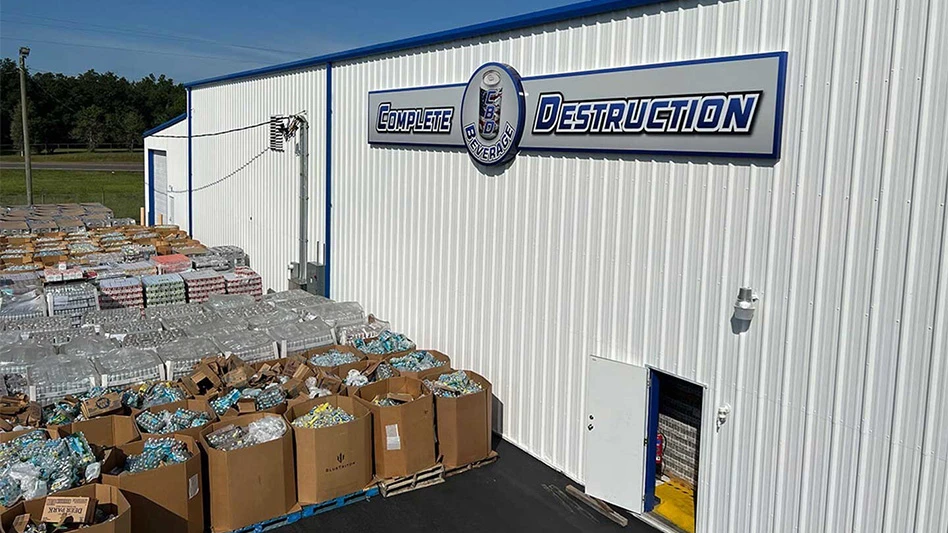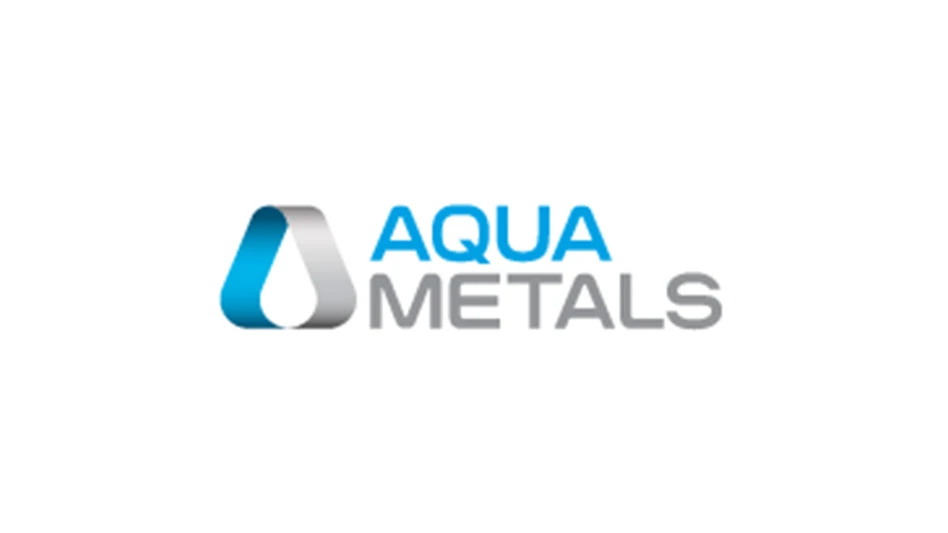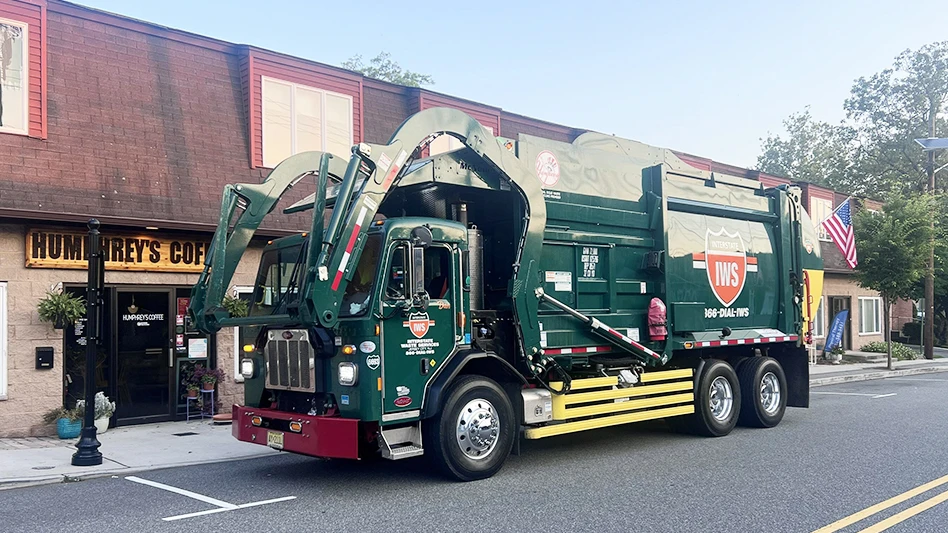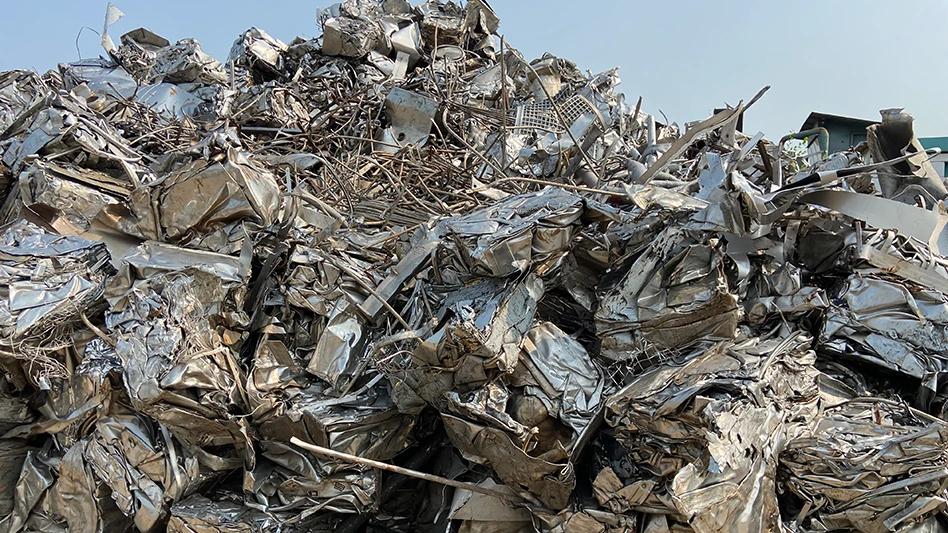
Recycling Today archives
Pandemic-related price volatility might have at times worked in favor of recyclers of old corrugated containers (OCC) and ferrous scrap, but as the economic rebound has tapered, so have expectations for bountiful ferrous and cardboard markets.
In the ferrous sector, a German-based trader writes this month, “The environment deteriorated significantly in the second quarter, with international quotations falling by almost 20 percent since mid-March [joined by] increasingly clear signs of a slowing of steel demand.”
Writing on behalf of the Brussels-based Bureau of International Recycling (BIR), Denis Reuter of TSR Recycling GmbH & Co. KG, continues, “The eurozone has been in a ‘technical recession’ since the first quarter. The optimism at the beginning of the year seems to have given way to a greater sense of reality” that the market is in a rough patch.
Regarding the No. 1 ferrous scrap global buying market Turkey, Reuter writes, “Turkey’s steel segment has lost its competitiveness on the international steel market [and] the outlook for the third quarter remains subdued in view of multiple problems,” including an uncertain funding situation for necessary earthquake reconstruction.
Prices tracked by metals information service provider Davis Index show the global malaise has affected the United States market. Per Reuter’s portrayal, the value of ferrous shred in the U.S. peaked in April at about $491 per ton.
After several weeks of downward momentum, as of mid-July domestic mills were paying $446 per ton for the grade, down 9.2 percent.
In the bulk paper grade market for OCC, meanwhile, an Asia-based fiber trader tells Recycling Today spirits are low in his sector as it becomes clear this year is not offering the profitability seen earlier in the decade.
The trader says volumes of fiber generated in Europe and elsewhere have been reduced all year, but the scarcity has not resulted in higher bids made by mills in Europe or Asia.
And while earlier in the decade the news was filled with stories of mill groundbreakings, expansions and conversions to packaging grades, this year instead seems to have brought quiet notices of mills and paper machines being idled.
The fiber trader says while China-based firms like Nine Dragons and Lee & Man have made some investments to increase production in Malaysia or Vietnam, neither OCC nor mixed paper demand in the region has recovered from China’s decision to greatly restrict inbound shipments.
As with ferrous scrap, OCC prices in North America help confirm the story. One year ago, per pricing calculated by Fastmarkets RISI, OCC was trading at about $120 per ton in the U.S. OCC prices dropped sharply the following three months and have rarely rebounded to reach even half their value from a year ago.
The two-faced nature of volatility means either scrap commodity could rise because of unforeseen circumstances at any time. However, as the second half of the year gets underway, recyclers seem to be planning for a lower-price environment.
Get curated news on YOUR industry.
Enter your email to receive our newsletters.
Latest from Recycling Today
- Kaiser Aluminum posts profits in Q3
- BIR Convention: Basel Convention mission creep unwelcome by recyclers
- BIR Convention: Recycled steel market shrinks in H1 2025
- CompoSecure to acquire Husky in $5B transaction
- PureCycle appoints new board member
- NWRA announces recipients of 2025 Chapter Leadership Awards
- State AGs say Plastics Pact, others are misleading consumers, violating antitrust laws
- SWDA awarded $1.5M to support new CHaRM facility in Orange Beach, Alabama





